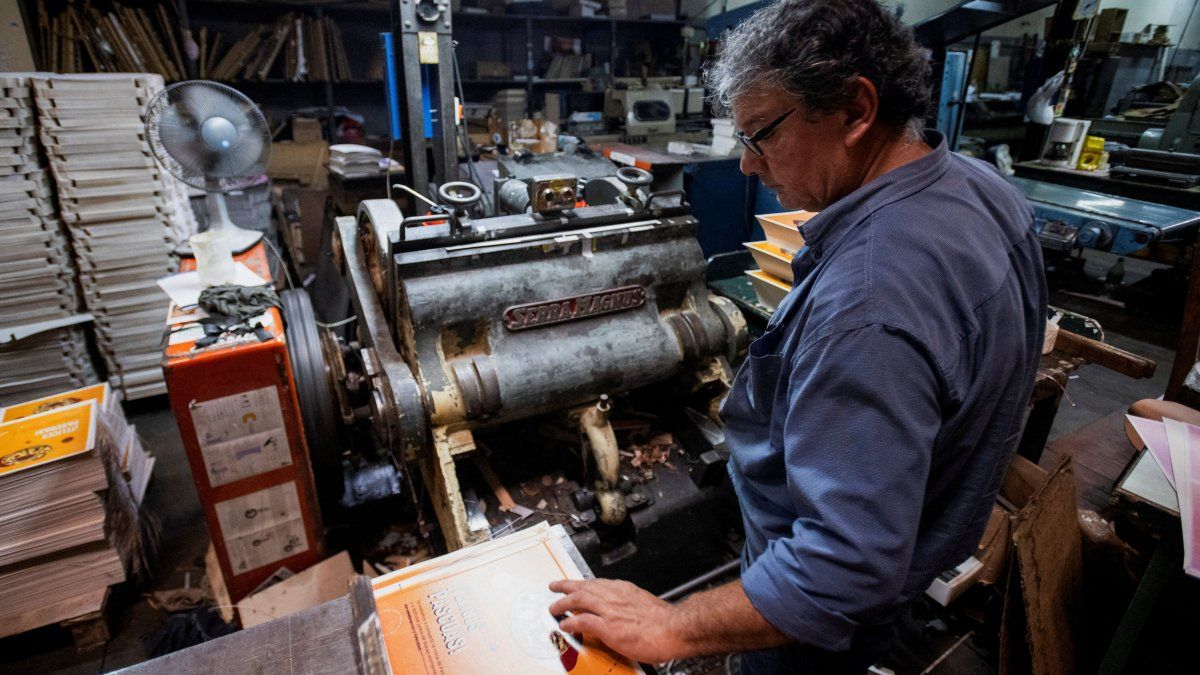After a tough 2024 for the sector, industrial SMEs stand with moderate enthusiasm facing the new year and raise some challenges and concerns, such as the inflationary path, the difficulty in recovering activity and the decline of companies.
With the beginning of 2025, the expectations of Small and Medium Enterprises (SMEs) in terms of production, consumption, economic activity and employment, after the difficulties experienced by the sector due to the impact of the recession during 2024.
The content you want to access is exclusive to subscribers.
In general terms, in the sector they warn that The effects of the economic downturn have not yet been left behind. for which they state that they maintain “a cautious stance regarding next year maintaining that the perspective is one of “moderate enthusiasm”, according to a report by the Observatory of Argentine SMEs Industriales (IPA).


The report describes that “The Argentine economy continues to go through a complex scenario, marked by structural challenges and mixed signals that show a recovery that is still distant”. In this context, it outlines the outlook that small and medium-sized companies expect for the new year.
SMEs: perspectives and trends of the sector
In this context, the IPA report describes the main challenges and trends in the sector:
- Economic activity: from IPA indicated that “the economy seems to have hit rock bottombut the lack of clear signs of recovery keeps growth in ‘paused mode’. Investment and consumption will continue to show weakness in the coming quarters.”
- Inflation: In this regard, they pointed out that, “although the monthly slowdown offers a respite, year-on-year levels will remain highwhich will make it difficult to recover consumption.”
- Industry and installed capacity: On this point, they maintained that “the slight improvement in some industrial indicators could anticipate a stabilization in the decline, although the use of installed capacity will remain below potential“.
- Foreign trade: In relation to this issue, SMEs predict that “the trade surplus will continue to be a positive factor, driven by exports, although exchange rate appreciation and loss of competitiveness will be issues to closely monitor“.
- Labor market: In this regard, they warn that “without signs of economic reactivation, the contraction of employment and the fall of companies could persist, maintaining pressure on purchasing power and consumption.
A long adjustment process
With the projected panorama, IPA considers that “The Argentine economy is going through a prolonged adjustment process”stating that “despite the improvement of some macroeconomic indicators, the economy is in a very fragile situation still and the specific improvements are not yet enough to speak of a change in trend.
At the same time, they express that “Macroeconomic stabilization is essential to lay the foundations for a sustainable recoverybut the path forward one year after the arrival of Javier Milei to the government, for now, is not without risks and challenges.”
Along the same lines, they conclude that “the balance of the results of the first three quarters of the year suggests us to adopt a cautious stance”, noting that “even for the most optimistic, the current signals barely allow for moderate enthusiasm.”
Source: Ambito
I am a 24-year-old writer and journalist who has been working in the news industry for the past two years. I write primarily about market news, so if you’re looking for insights into what’s going on in the stock market or economic indicators, you’ve come to the right place. I also dabble in writing articles on lifestyle trends and pop culture news.




